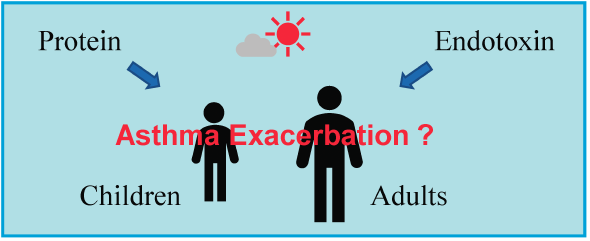- J-STAGE home
- /
- Biological and Pharmaceutical ...
- /
- Volume 43 (2020) Issue 9
- /
- Article overview
-
Tomoko Ishida
Department of Public Health, Kyoto Pharmaceutical University
-
Mohammad Shahriar Khan
Department of Public Health, Kyoto Pharmaceutical University
-
Honami Kodama
Department of Public Health, Kyoto Pharmaceutical University
-
Yukiko Uejima
Department of Public Health, Kyoto Pharmaceutical University
-
Yumi Kawase
Department of Public Health, Kyoto Pharmaceutical University
-
Takahiro Matsumoto
Department of Public Health, Kyoto Pharmaceutical University
-
Yuki Yamamura
Fukuoka Institute of Health and Environmental Science
-
Nobuyuki Sera
Department of Occupational Therapy, Teikyo University Fukuoka Campus
-
Takao Gotou
Department of Pharmacy, Fukuoka Tokushukai Medical Center
-
Masaaki Hirakawa
Department of Pharmacy, Fukuoka Tokushukai Medical Center
-
Yoshitaka Yano
Education and Research Center for Clinical Pharmacy, Kyoto Pharmaceutical University
-
Masayuki Shima
Department of Public Health, Hyogo College of Medicine
-
Nobuyuki Yamagishi
Faculty of Pharmaceutical Sciences, Setsunan University
-
Keiji Wakabayashi
Graduate Division of Nutritional and Environmental Sciences, University of Shizuoka
-
Tetsushi Watanabe
Corresponding author
Department of Public Health, Kyoto Pharmaceutical University
Supplementary material
2020 Volume 43 Issue 9 Pages 1361-1366
- Published: September 01, 2020 Received: March 30, 2020 Released on J-STAGE: September 01, 2020 Accepted: June 18, 2020 Advance online publication: - Revised: -
(compatible with EndNote, Reference Manager, ProCite, RefWorks)
(compatible with BibDesk, LaTeX)


